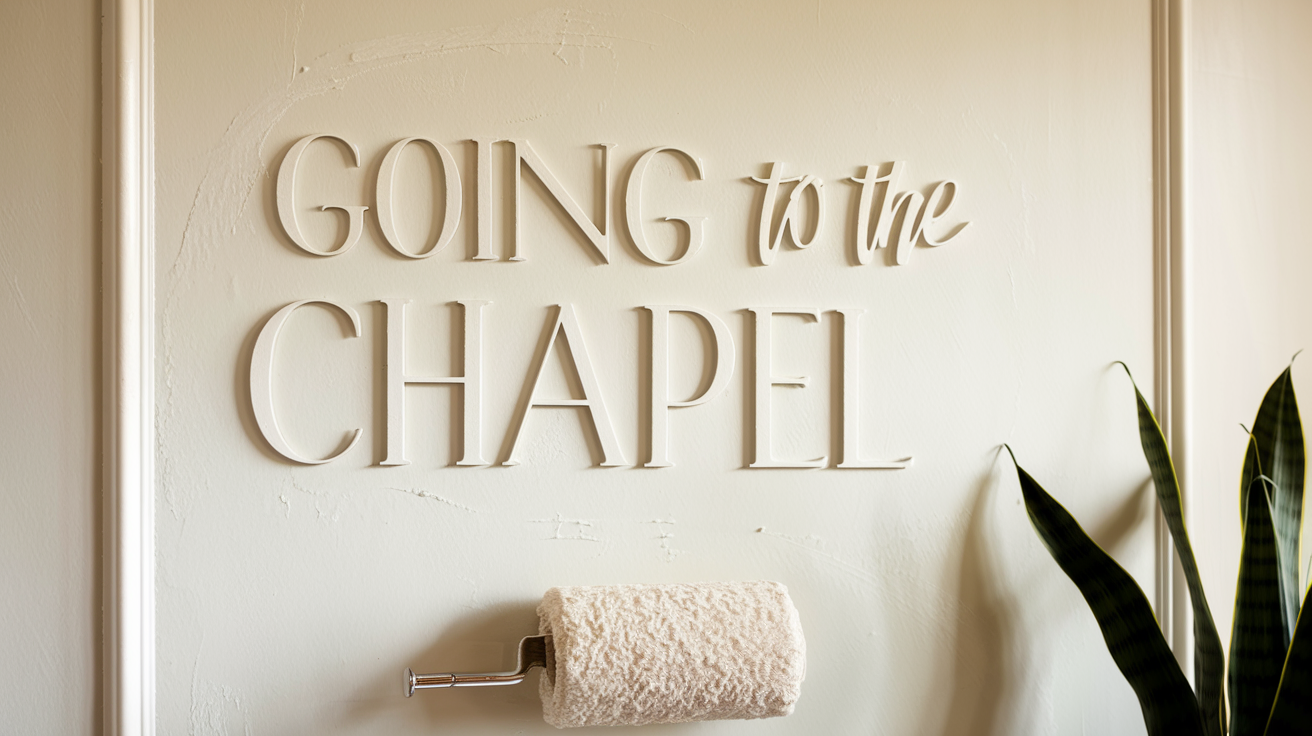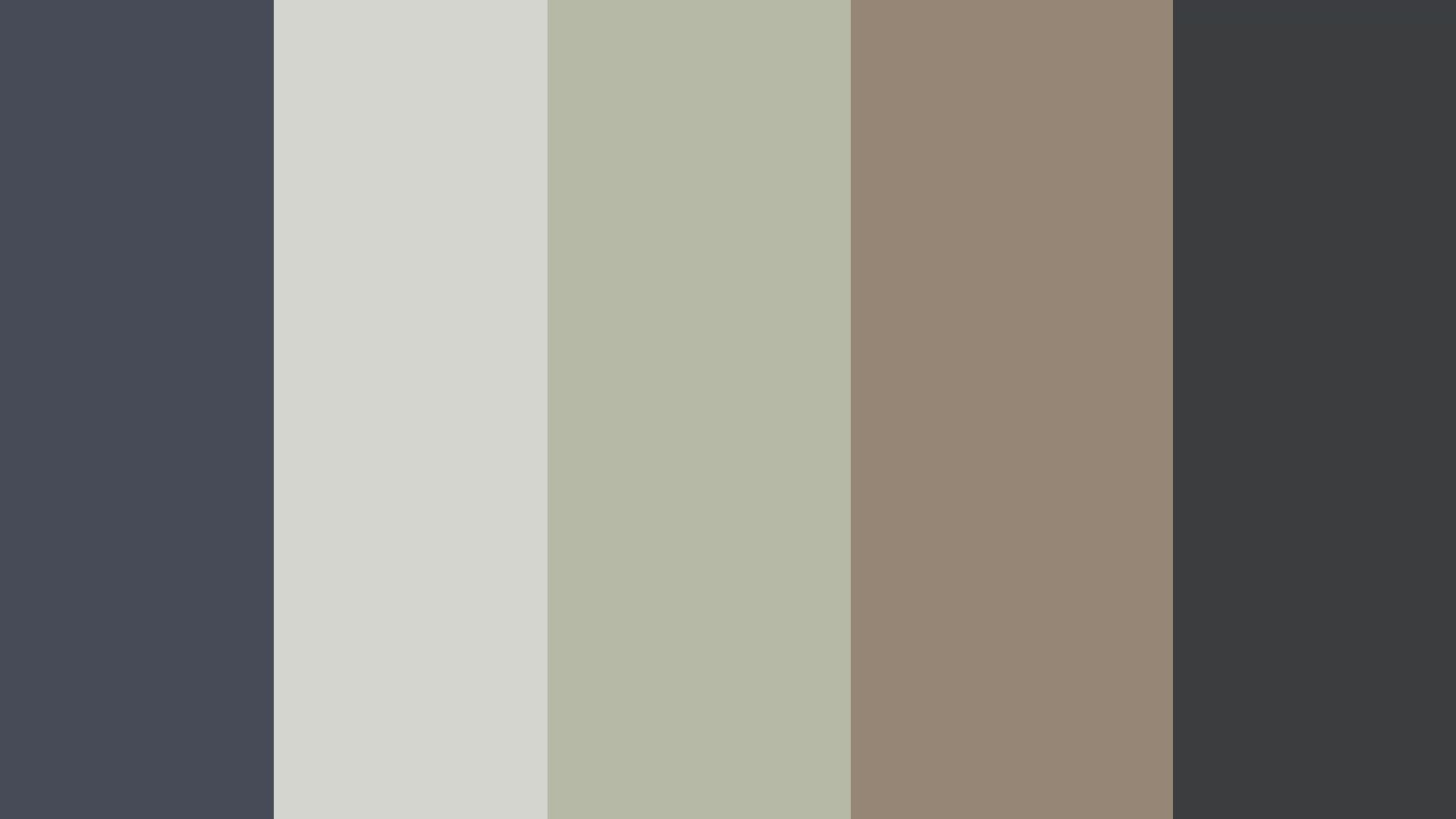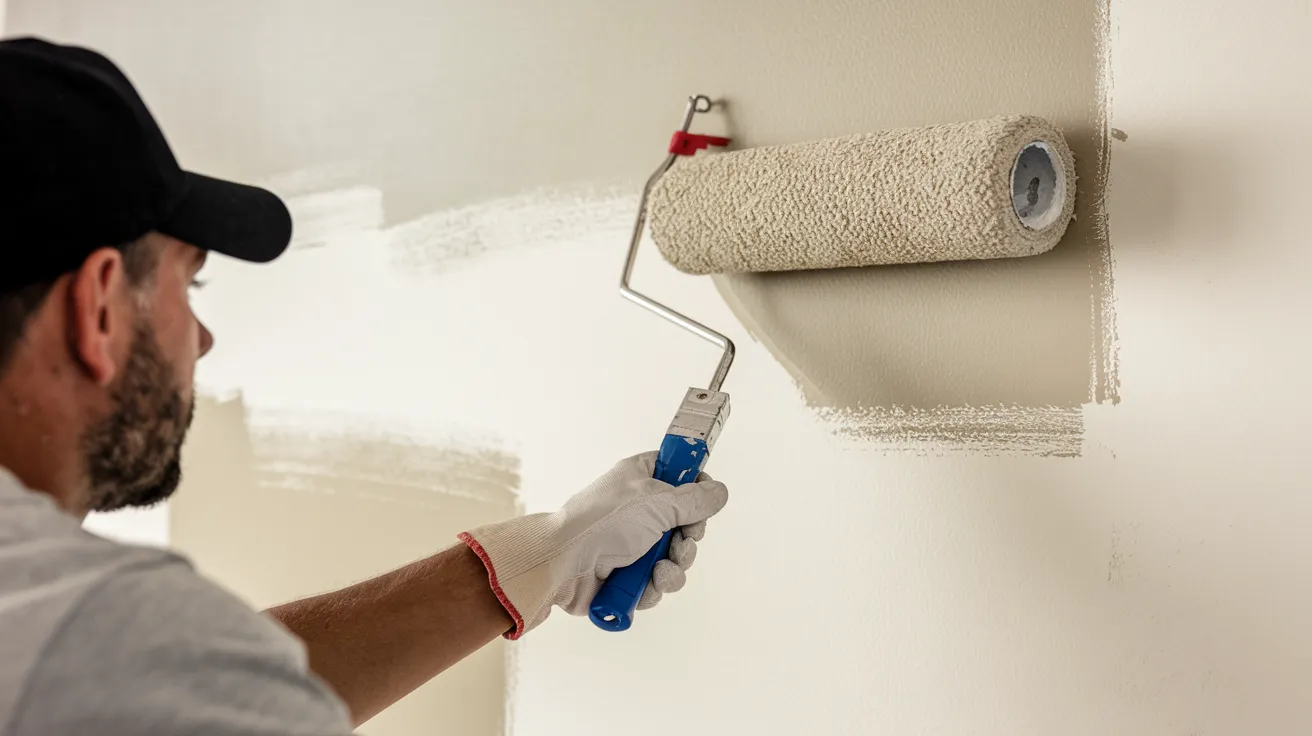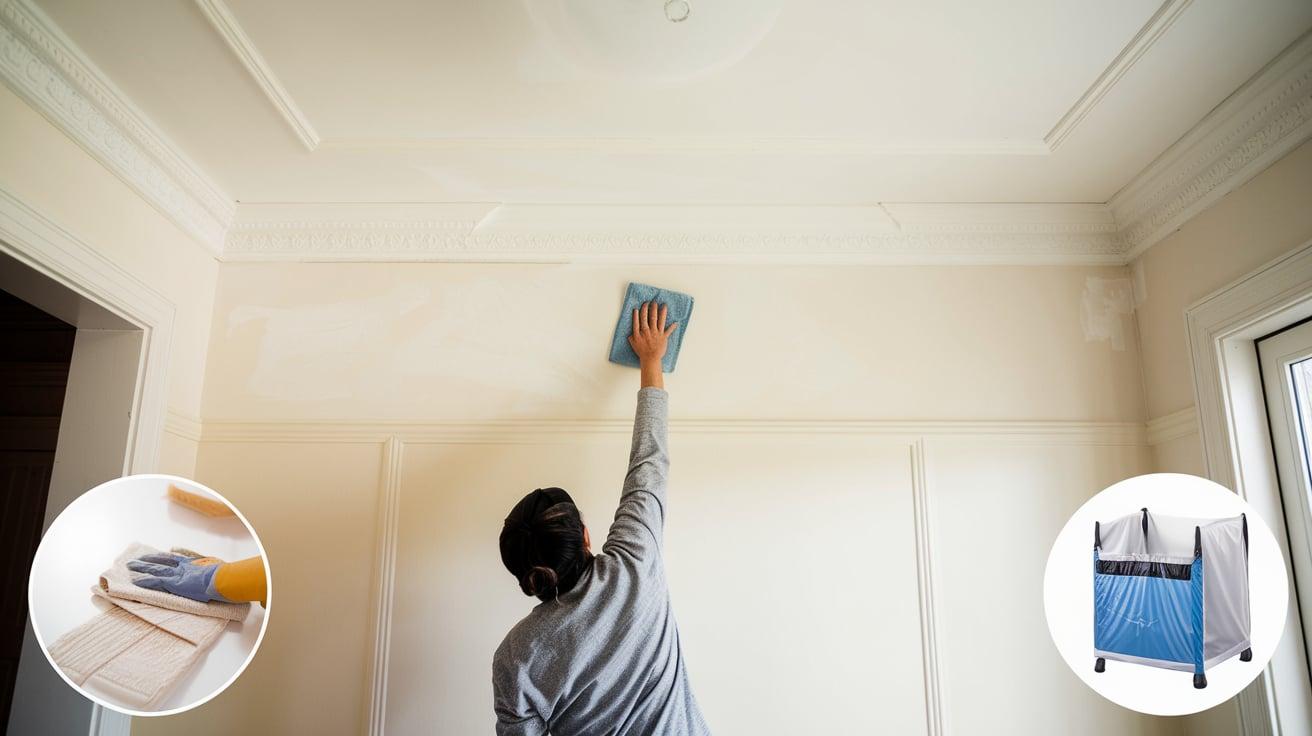Choosing the right white paint for your interior can feel like guiding an ocean of options.
However, one shade stands out for its ability to provide a harmonious, inviting atmosphere in various spaces: Benjamin Moore’s Going to the Chapel (OC-171).
This distinctive white paint, developed as part of Benjamin Moore’s Off-White Collection, has earned its reputation among designers and homeowners alike for its exceptional versatility.
With its perfect balance between warm and cool undertones, this versatile hue transforms any room with its subtle refinement.
In this guide, we will introduce you to its unique properties, practical applications, and expert techniques, which can help you achieve a flawless finish for your next project.
Understanding the Color Analysis of BM White Paint
Technical Specifications
- RGB Values: R: 242, G: 240, B: 235
- Hex Code: #F2F0EB
- Paint Code: OC-171
- Collection: Off-White Collection
Light Reflectance Value (LRV)
Light Reflectance Value (LRV) measures how much light a paint color reflects, with a scale from 0 to 100.
A higher LRV means more light is reflected, brightening the space. With an LRV of 87.5, this white paint brightens rooms without being too harsh, making it ideal for small or darker spaces.
It adapts to various lighting conditions, enhancing the room’s ambiance throughout the day.
Warm Undertones and Light Response
This shade has warm undertones that adapt beautifully to different lighting conditions, creating a cozy ambiance throughout the day. The way it interacts with light depends on the room’s orientation:
| Light Source | Paint Response | Room Effect |
|---|---|---|
| North-Facing | Maintains warmth | Balanced and inviting |
| South-Facing | Shows clarity | Crisp, clean appearance |
| East-Facing | Morning glow | Soft and welcoming |
| West-Facing | Evening depth | Rich and dimensional |
In addition to natural light, artificial lighting plays a role in how the color appears:
LED lights preserve the paint’s true color.
Incandescent lighting enhances warm undertones.
Fluorescent lighting may slightly cool the appearance.
Halogen lighting provides excellent color accuracy.
This versatility ensures that Going to the Chapel remains a beautiful and adaptable white, providing depth and dimension in any space.
Application Methods OF BM Going to the Chapel

Achieving a professional-looking finish requires careful preparation and technique. Start by ensuring the surfaces are clean and free of imperfections.
Apply a primer suitable for the wall type and allow it to dry completely. When it’s time to apply the paint, opt for a high-quality roller or brush.
Use a 3/8-inch nap roller for smooth surfaces and a 1/2-inch nap for textured walls. Apply thin, even coats of paint to avoid drips and achieve a consistent finish.
Make sure to maintain a wet edge while painting to avoid noticeable streaks.
Room-Specific Applications
This white shade can benefit every room, but the recommended finish can vary depending on the space’s specific needs.
Here’s a guide for achieving the best look:
Room Type | Recommended Finish | Key Benefits |
Living Areas | Eggshell | Subtle sheen, durable finish |
Kitchens | Satin | Easy to clean and maintain |
Bedrooms | Matte | Creates a calm, serene atmosphere |
Bathrooms | Semi-Gloss | Moisture-resistant and durable |
Color Coordination Of BM Going to the Chapel

This white works exceptionally well with a wide range of complementary colors. Here are a few pairings that will uplift your design:
- Navy Blue: Hale Navy (HC-154) – Provides a classic contrast for living spaces or accent walls.
- Soft Grays: Gray Owl (OC-52) – Adds a sophisticated, contemporary touch in bedrooms or offices.
- Natural Greens: October Mist (1495) – Ideal for an organic, calming feel in bedrooms or bathrooms.
- Warm Browns: Kingsport Gray (HC-86) – Grounding and earthy, this combination suits kitchens or dining rooms.
- Black Accents: Black Iron (2120-20) – Perfect for modern spaces, creating striking visual contrasts
Professional Tips and Techniques

Surface Preparation
Proper surface preparation is crucial for achieving the best results when painting. Start by removing wall fixtures such as light switches and outlet covers.
Next, repair any cracks or holes using spackle and sand the surface smoothly to ensure an even finish.
Finally, clean the walls with a mild detergent to remove dust, dirt, and grease, providing a clean surface for the paint to adhere to.
Application Tools
For an even and smooth finish, use these professional-grade tools:
- Microfiber rollers for a smooth application.
- Angled brushes for precise edges and corners.
- Clean mixing equipment to avoid any contamination of your paint.
Environmental Considerations
When painting, it’s important to ensure proper ventilation to allow fumes to dissipate.
Maintain the room temperature between 60-75°F for optimal drying conditions.
Additionally, use a drop cloth to protect floors and furniture from any accidental splashes, keeping the space clean while you work.
Common Mistakes to Avoid
Here are some common mistakes you can avoid when using Going to the Chapel. These include poor surface preparation and application errors.
For surface prep, don’t skip cleaning the walls. Always fill holes and cracks properly. Don’t rush sanding. Remove all dust before painting. Use clean and dry tools.
For application, don’t apply paint too thickly. Avoid cheap brushes and rollers.
Don’t remove painter’s tape too early or too late—always box paint. Never paint in poor lighting. Proper preparation and technique are key to a smooth finish.
Maintenance Guide

Once your space is painted, it’s important to maintain the beauty of your new walls. Here’s how:
- Regular Care: Dust walls regularly using a microfiber cloth or a vacuum with a soft brush attachment. For any marks or stains, clean them with a mild soap solution.
- Preventive Measures: Keep humidity levels in check to avoid peeling or warping.
If you need to clean it, use a soft cloth and avoid harsh chemicals that could damage the finish.
Conclusion
This white paint is an excellent choice for any home, offering a versatile and timeless appeal. Its balanced, warm undertones create a cozy and welcoming atmosphere, making it suitable for various interior styles.
A high Light Reflectance Value (LRV) brightens spaces without feeling too harsh. It adapts beautifully to different finishes and lighting, whether used in living rooms, kitchens, or bedrooms.
By following the right application techniques and considering the room’s needs, you’ll achieve a smooth, lasting finish.
This white is perfect for creating a classy neutral base that adds character and warmth to your home, ensuring it remains a beautiful choice for years.














